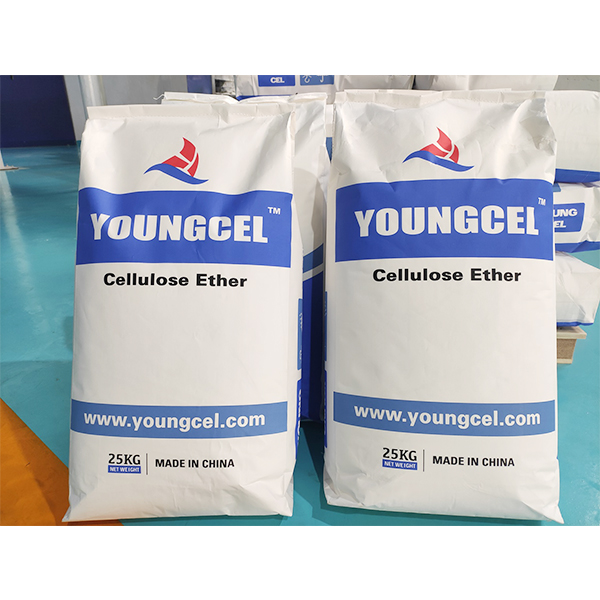The Role of Concrete Additives in Modern Construction
Concrete is one of the most widely used construction materials in the world, thanks to its strength, durability, and versatility. However, the performance of concrete can vary significantly based on its composition and the conditions it is exposed to. To enhance the properties of concrete, various additives, often referred to as admixtures or concrete additives, are incorporated into the mix. These additives play a crucial role in improving the performance of concrete in numerous ways.
Types of Concrete Additives
Concrete additives can be categorized into several types, each serving a specific purpose
. The most common categories include1. Plasticizers (or Superplasticizers) These are used to enhance the workability of concrete without adding extra water. By reducing the water-to-cement ratio, plasticizers help in achieving higher strength and a smoother finish. They are particularly useful in creating concrete that needs to be poured into intricate shapes and forms.
2. Accelerators As the name suggests, accelerators are additives that speed up the curing process of concrete. This is particularly beneficial in cold weather conditions when hydration rates are slower. Calcium chloride is a well-known accelerator, but non-chloride options are also available for applications where steel reinforcement is used, as chloride can lead to corrosion.
3. Retarders Conversely, retarders are used to slow down the setting time of concrete. This is especially useful in hot weather when concrete sets too quickly, making it difficult to work with. Retarders allow for more time to place, finish, and cure the concrete properly.
4. Air-Entraining Agents These additives introduce microscopic air bubbles into the concrete mix, enhancing its resistance to freeze-thaw cycles. This property is crucial in climates with extreme temperature changes, as it prevents cracking and increase longevity.
5. Coloring Agents For aesthetic applications, coloring agents are added to concrete to achieve different shades and hues. These can be used in decorative concrete applications, enhancing the visual appeal of sidewalks, driveways, and other surfaces.
concrete additives

6. Fibers Synthetic or natural fibers can be added to concrete to improve its mechanical properties. Fiber reinforcement increases tensile strength, reduces cracking, and enhances impact resistance.
Benefits of Using Concrete Additives
The use of concrete additives provides several benefits, which include
- Enhanced Performance By modifying the properties of concrete, additives can lead to improved strength, durability, and workability. This results in structures that meet specific engineering standards more effectively.
- Cost Efficiency Improved performance can mean that less concrete is required for the same structural integrity, leading to cost savings on materials. Additionally, the reduction in maintenance costs due to enhanced durability can significantly lower long-term expenses.
- Sustainability Certain additives, like slag and fly ash, can incorporate waste materials into the concrete mix, promoting recycling and sustainability in construction practices. This not only reduces the carbon footprint associated with concrete production but also contributes to the conservation of natural resources.
- Adaptability Concrete additives allow for the customization of concrete for specific applications. This adaptability is crucial in a field as diverse as construction, where the demands can vary vastly based on location, climate, and project requirements.
Conclusion
Concrete additives are indispensable in modern construction, providing solutions to various challenges associated with concrete use. From enhancing durability and strength to offering aesthetic improvements, these additives cater to both structural and design needs. As the construction industry continues to evolve, the role of concrete additives will likely expand, driven by the demand for more efficient, sustainable, and high-performance building materials. Embracing the potential of these innovations will not only improve project outcomes but also pave the way for a more responsible use of resources in construction.
-
Rdp Powder: Key Considerations for Wholesalers in the Building Materials IndustryNewsJul.08,2025
-
Key Considerations for Wholesalers: Navigating the World of Hpmc - Based ProductsNewsJul.08,2025
-
Hpmc Detergent: Key Considerations for WholesalersNewsJul.08,2025
-
Key Considerations for Wholesalers: China Hpmc For Tile Adhesive, Coating Additives, Concrete Additives, and MoreNewsJul.08,2025
-
Crucial Considerations for Wholesalers: Navigating the World of Construction MaterialsNewsJul.08,2025
-
Key Considerations for Wholesalers Sourcing Additive For Cement, Additive For Concrete, Additive For Putty from Additive Manufacturer Shijiazhuang Gaocheng District Yongfeng Cellulose Co., Ltd.NewsJul.08,2025




